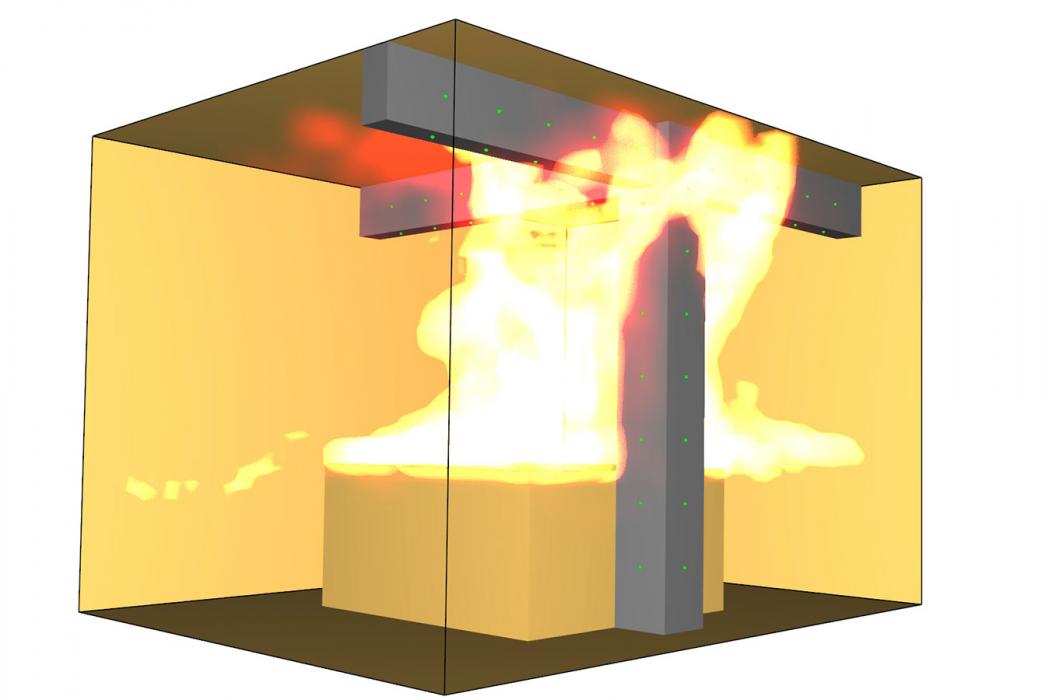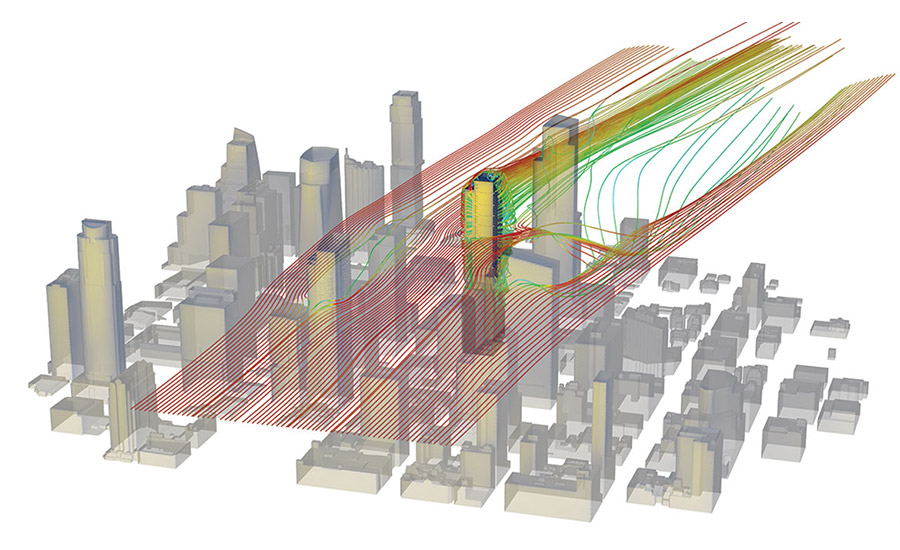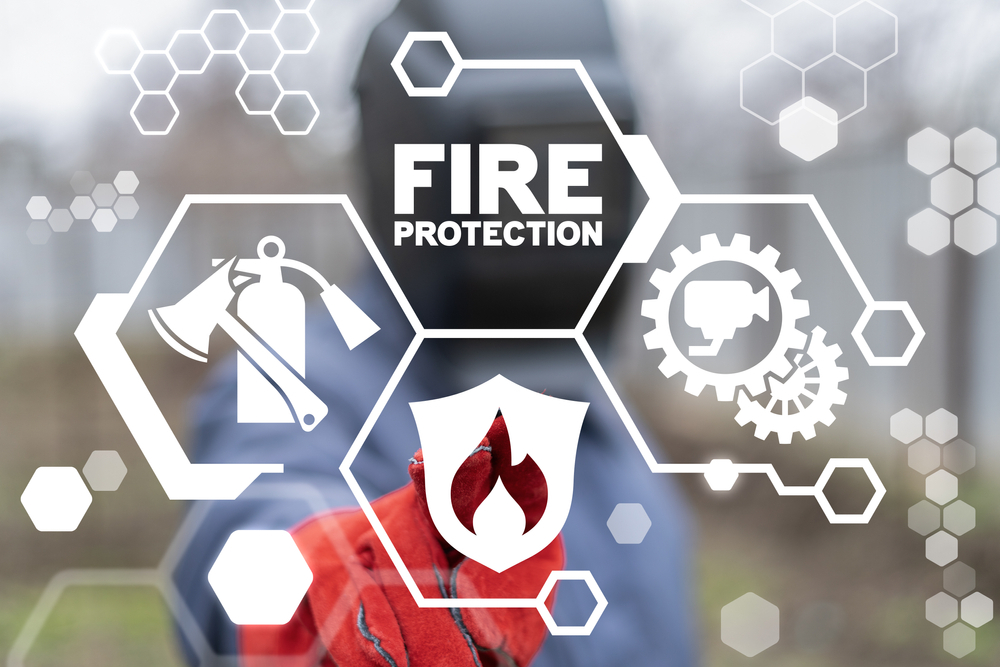In recent years, the approach to fire safety design has undergone a significant transformation, driven largely by the advent of Performance-Based Fire Engineering (PBFE). This innovative methodology goes beyond traditional prescriptive codes, allowing engineers to assess fire safety through a more nuanced lens.
By focusing on the desired performance outcomes rather than merely adhering to established guidelines, PBFE empowers designers to create tailored solutions that address the unique challenges posed by each building and environment. With growing recognition of the diverse intricacies of fire behavior and human responses, PBFE is poised to revolutionize how we think about fire safety.
As architects, engineers, and safety professionals embrace this forward-thinking approach, the future of fire safety design looks brighter, more adaptable, and, ultimately, more effective in safeguarding lives and property.
The Principles of Performance-Based Fire Engineering

The principles of performance-based fire engineering (PBFE) represent a transformative shift in the approach to fire safety design, prioritizing real-world performance over prescriptive codes. Unlike traditional methods that often rely on rigid standards, PBFE encourages a more flexible and nuanced understanding of fire behavior, allowing for tailored solutions that address specific building conditions and usage scenarios.
By integrating advanced modeling techniques, fire dynamics, and risk assessment, engineers can simulate fire scenarios and evaluate a buildings response, leading to innovative designs that enhance safety without compromising architectural intent. This paradigm shift not only fosters creativity in design but also promotes a culture of safety that adapts to the complexities of modern structures, reflecting the diverse ways occupants interact with their environment.
As we embrace these principles, the focus shifts from mere compliance to proactive risk management, crafting spaces that are not only safer but also more resilient in the face of fire-related challenges.
Key Benefits of Performance-Based Fire Engineering

Performance-Based Fire Engineering (PBFE) offers a transformative approach to fire safety, prioritizing the unique characteristics of each building rather than relying solely on prescriptive codes. With this methodology, designers and engineers can create tailored fire safety solutions that take into account the specific use, occupancy, and even architectural features of a structure.
This flexibility leads to innovative designs that not only enhance safety but can also reduce costs by optimizing material use and improving overall building functionality. Furthermore, PBFE fosters a deeper collaboration between architects, engineers, and stakeholders, culminating in a proactive rather than reactive approach to fire risk management.
By embracing performance-based strategies, the industry paves the way for safer, more efficient environments, ultimately redefining our expectations of fire safety design.
Regulatory Framework and Standards for Performance-Based Fire Engineering

The regulatory framework surrounding performance-based fire engineering is an intricate tapestry woven from various standards, guidelines, and codes that govern how buildings are designed and evaluated for fire safety. At its core, this framework is adaptive, allowing engineers to move beyond prescriptive methods toward outcome-focused strategies that prioritize life safety, property protection, and environmental considerations.
It encompasses established standards from organizations such as the National Fire Protection Association (NFPA) and the International Organization for Standardization (ISO), each offering robust methodologies for assessing fire risk and safety performance. However, while these regulations provide a foundation, they also encourage innovation and flexibility, prompting professionals to utilize advanced modeling and simulation techniques.
This rich interplay between regulation and innovation not only enhances fire safety designs but also fosters a culture of continuous improvement, allowing for the evolution of strategies that can better respond to emerging challenges in our built environment.
Conclusion
In conclusion, performance-based fire engineering represents a transformative approach to fire safety design, prioritizing the practical performance of structures in the face of fire hazards over traditional prescriptive methods. By focusing on specific performance objectives tailored to the unique features of each building, this innovative methodology empowers engineers and architects to create safer, more efficient environments.
As the field evolves, the adoption of performance based design brief is poised to enhance public safety, streamline regulatory compliance, and support the development of cutting-edge materials and technologies. As we continue to advance our understanding of fire dynamics and building resilience, performance-based fire engineering will undoubtedly play a pivotal role in shaping the future of fire safety and ensuring that our built structures protect lives and property more effectively than ever before.




